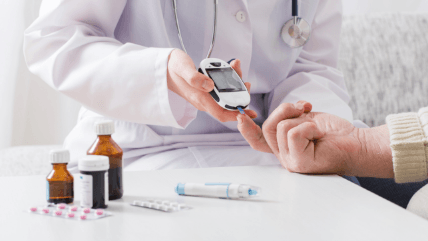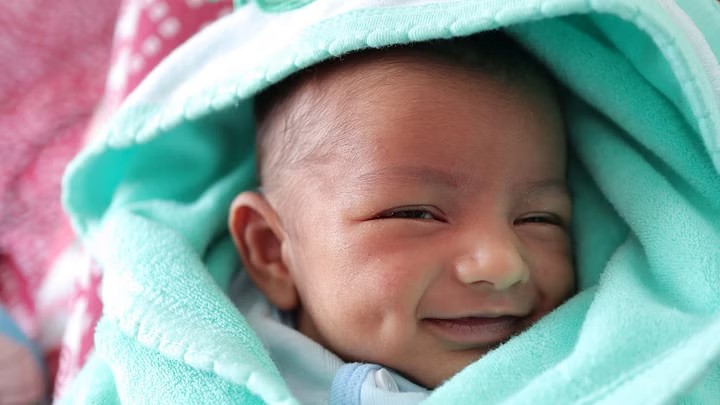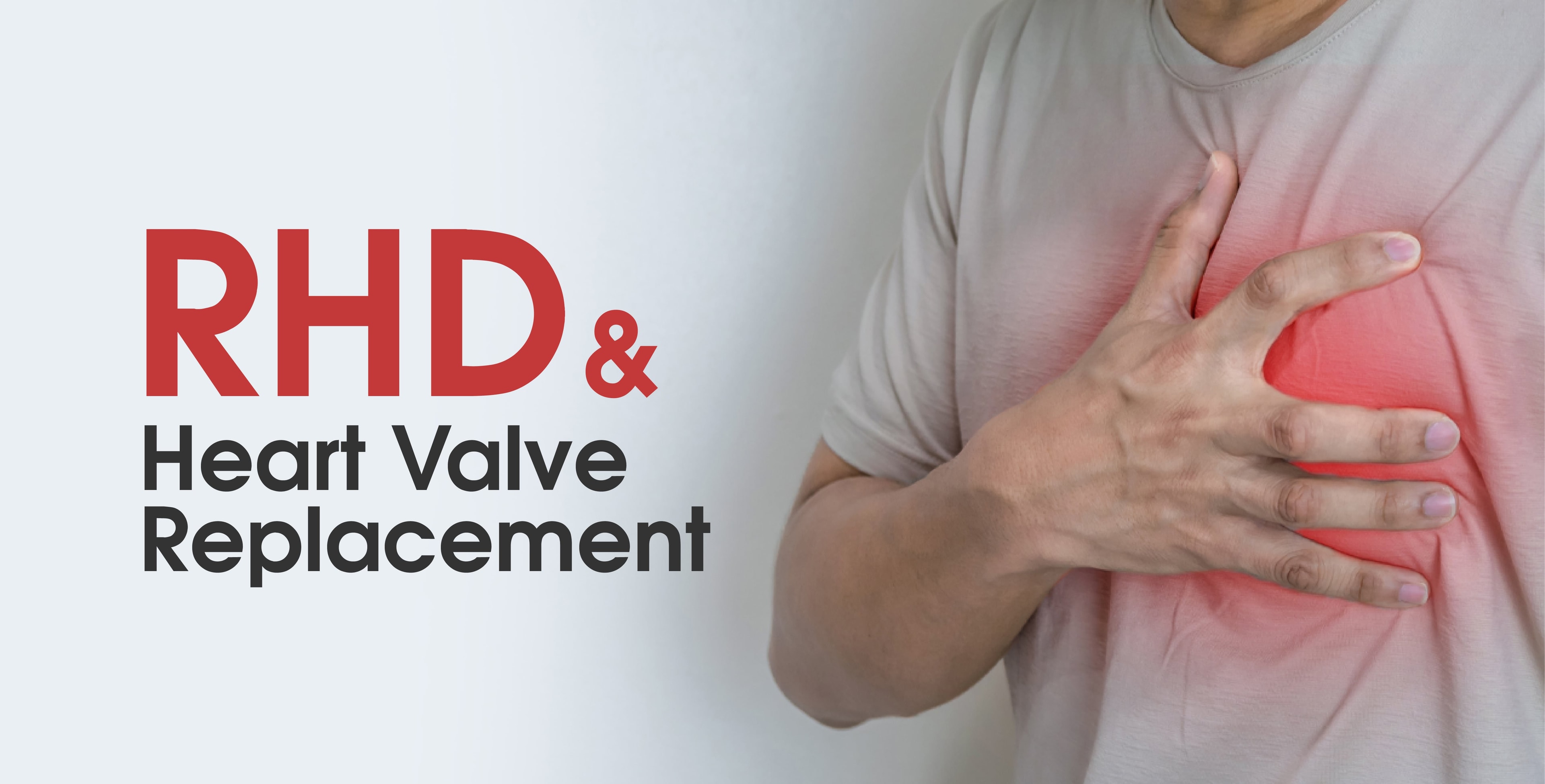
Summer brings warmth and brightness, but it also introduces serious health risks—dehydration and heatstroke being among the most dangerous. While they may start with mild symptoms, both can quickly escalate into life-threatening conditions if not addressed promptly.
At Amrita Hospital Faridabad, we are committed to raising awareness and providing effective medical care for heat-related illnesses. This comprehensive guide offers expert insights on recognizing, preventing, and treating dehydration and heatstroke.
What Are Dehydration and Heatstroke?
Understanding Dehydration
Dehydration occurs when your body loses more fluids than it takes in, impairing vital functions like:
- Temperature regulation
- Nutrient transport
- Waste elimination
Key physiological impacts include:
- Thicker blood, slowing circulation
- Reduced oxygen to organs
- Electrolyte imbalance, causing cramps and palpitations
Understanding Heatstroke
Heatstroke is a medical emergency that occurs when the body's internal temperature rises above 104°F (40°C), leading to potential damage to the brain, heart, and kidneys.
Distinct features of heatstroke:
- Hot, red, and dry skin (lack of sweating)
- Rapid pulse and shallow breathing
- Disorientation, seizures, or unconsciousness
Common Causes of Dehydration and Heatstroke
1. Prolonged Exposure to Heat
Staying in direct sunlight or in poorly ventilated areas increases the risk of overheating.
2. Intense Physical Activity Without Hydration
Sweating without adequate fluid intake leads to rapid dehydration.
3. Inadequate Fluid Intake
Failing to drink enough water, especially in summer, heightens the risk.
4. Wearing Unsuitable Clothing
Dark, tight, or synthetic fabrics trap heat and reduce the body's ability to cool itself.
5. Chronic Illnesses and Medications
Conditions like heart disease, diabetes, or the use of diuretics or antihistamines impair heat regulation.
Why Immediate Medical Attention Is Crucial
- Delays can be fatal: Organ failure may occur.
- Mental functions are impaired: Disorientation and confusion can set in.
- Heatstroke is fast-acting: It can progress within 30 minutes.
- Vulnerable groups suffer more: Children and the elderly are at heightened risk.
Recognizing the Symptoms
Signs of Dehydration:
- Thirst and dry mouth
- Dark urine or reduced urination
- Fatigue and dizziness
- Headache and muscle cramps
Signs of Heatstroke:
- Body temperature > 104°F (40°C)
- Hot, dry, red skin
- Nausea and vomiting
- Rapid breathing and confusion
- Fainting or seizures
How Amrita Hospital Faridabad Treats Heat-Related Illnesses
1. Intravenous (IV) Fluid Replacement
For severe dehydration, we provide IV fluids (saline or glucose) to restore hydration and balance electrolytes.
2. Advanced Cooling Techniques
- Ice packs applied to the neck, groin, and armpits
- Cooling blankets and ice baths
- Cold IV fluids
- Temperature-controlled emergency and ICU units
3. Continuous Monitoring
We track vital signs using advanced equipment to detect abnormalities in:
- Heart rate
- Blood pressure
- Oxygen saturation
- Brain function
4. Medications and Supportive Therapy
Depending on severity, we administer:
- Fever reducers
- Anti-nausea drugs
- Seizure medications
- Oxygen or dialysis if necessary
5. Intensive Care for Severe Cases
Patients with multi-organ failure or unconsciousness receive 24/7 care in our ICU with:
- Multidisciplinary support
- Life support systems
- Round-the-clock monitoring
6. Post-Recovery and Discharge Planning
Upon recovery, we provide:
- Personalized hydration and diet plans
- Tips to prevent recurrence
- Scheduled follow-up appointments
When to Seek Medical Help
Symptoms Not Improving After Home Care
If you’re still dizzy or weak after several hours of rest and hydration, visit a hospital.
Confusion, Seizures, or Fainting
These are signs of brain distress. Seek emergency help immediately.
No Urination for Over 8 Hours
This indicates potential kidney failure and calls for IV fluid therapy.
Persistent Fever Above 104°F (40°C)
Your body may have lost its ability to cool itself—seek medical care urgently.
Dry, Hot, or Red Skin Without Sweating
This is a classic sign of heatstroke and requires hospital cooling interventions.
At-Risk Groups
Children, elderly individuals, and patients with chronic illnesses require prompt attention even with mild symptoms.
Prevention Tips
Stay Hydrated
- Drink 8–12 glasses of water daily
- Use ORS, lemon water, and juices
Dress Smart
- Light-colored, loose, cotton clothes are best
Avoid Peak Heat Hours
- Limit outdoor activity between 11 AM – 4 PM
Eat Cooling Foods
- Cucumber, watermelon, oranges, and tomatoes
- Avoid spicy, fried foods
Use Sun Protection
- Apply SPF 30+ sunscreen
- Wear hats and sunglasses
Rest Often
- Take frequent breaks during prolonged exposure
Monitor the Vulnerable
- Watch over kids, elderly, and chronically ill family members
Frequently Asked Questions (FAQs)
Q1: Can I get heatstroke indoors?
Yes. Poor ventilation and low fluid intake indoors can still trigger heatstroke.
Q2: Is coffee or tea good during hot weather?
No. They're diuretics and may increase dehydration.
Q3: How soon should I feel better after rehydration?
Mild dehydration improves within a few hours; severe cases may take 24–48 hours.
Q4: Is overhydration dangerous?
Yes. Excess plain water without electrolytes can cause imbalances—ORS is safer.
Q5: Can children suffer long-term effects from heatstroke?
Yes, if untreated, it can cause lasting organ and neurological damage.
Why Trust Amrita Hospital Faridabad?
At Amrita Hospital Faridabad, you are in safe hands. Our facilities include:
- A team of experienced doctors and nurses
- Advanced diagnostic and monitoring tools
- Modern ICUs and high-dependency units
- Proven emergency care protocols for heat-related illnesses
Emergency Helpline:
Visit Us: www.amritahospitals.org/faridabad
Stay Alert. Stay Cool. Stay Safe.
Your health matters. Be proactive this summer. Recognize the signs, take preventive measures, and seek timely care when needed.
Let me know if you'd like this as a downloadable Word or PDF file or published in HTML format for a website.







